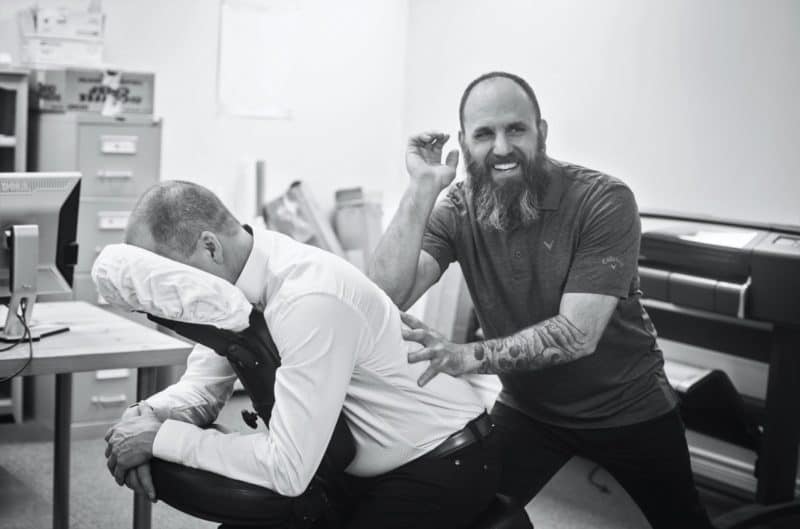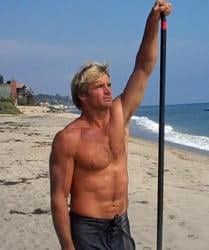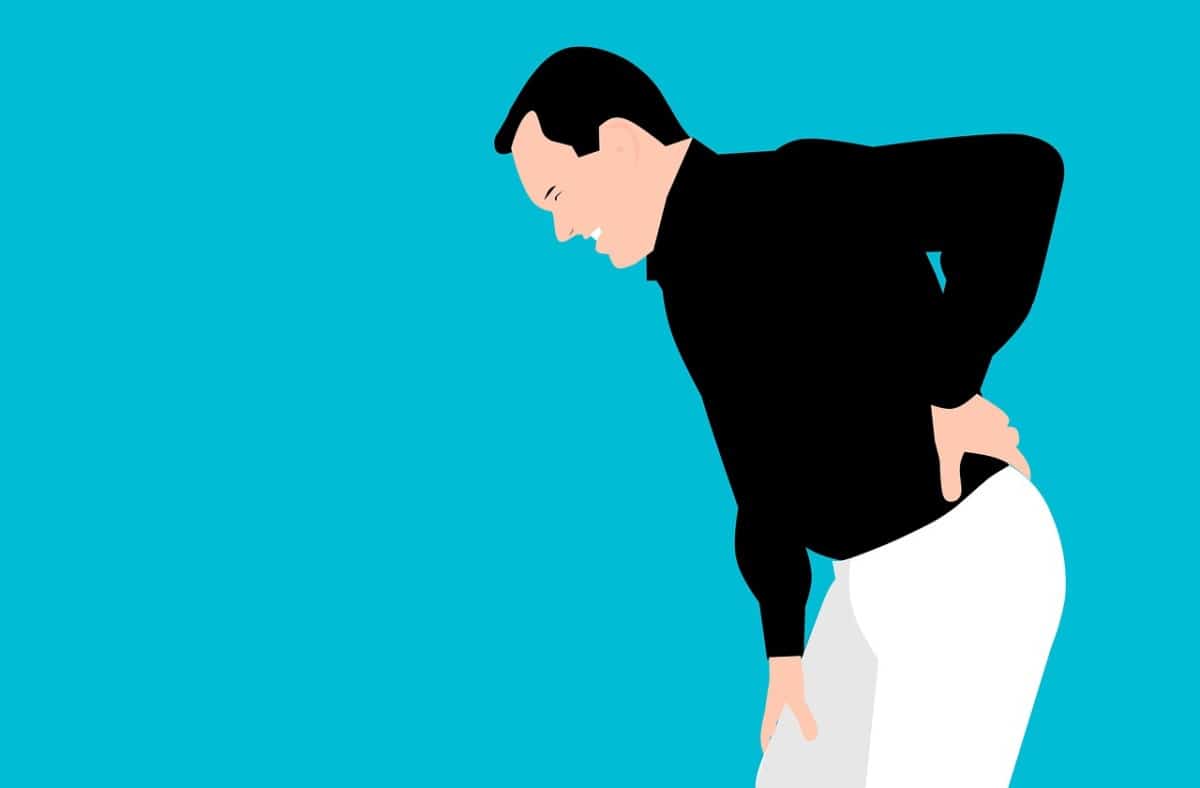Is Paddle Boarding Bad for Your Lower Back?

The American Association of Neurological Surgeons estimate that 75-85% of people will deal with issues of low back pain at some point in their lives – Stand Up Journal
Lower back pain is a problem that millions of people deal with everyday. It’s the most common reason for seeing a doctor and the number one reason people take days off from work.
So we need to be careful to take care of our back. Is paddle boarding bad for your back? Does sup boarding cause you back pain?
There are many reasons for lower back pain. If you are having chronic back pain you need to see a doctor.
But for the majority of people lower back pain is a result of stiff and weak muscles that affect the lower back. Poor posture and sitting all day is another major cause of back pain.
If you don’t have any underlying back conditions you can paddle board pain free. Even with all the bending and twisting paddle boarding does not have to hurt your back. In fact, sup boarding can help eliminate back pain by strengthening the core.
In this post I will lay out a few tips to help keep your back healthy when paddle boarding.
Tips for a Pain Free Back When Paddle Boarding
1. The Paddle
Let’s start with your paddle. Your sup paddle needs to be adjusted to the right height. A paddle too short can lead to lower back problems. While a paddle too long can lead to shoulder problems. You need to find that sweet spot in the middle.
Finding your paddle length
Here is a good place to start: Stand straight and reach up comfortably with one arm. Don’t stretch your arm, reach comfortably. Your paddle should come up to your palm.

2. The Hip Hinge
Hinge from the hips. Don’t fold at the waist rounding your back, Don’t do a squat. Don’t lean to far forward. Sit your butt back after your stroke like your sitting on a chair. Hinge at the hips while moving your hips back and shifting your weight into your paddle.
The correct way to paddle is to hinge from the hips while rotating your torso. The power comes from rotating your torso while engaging the hips and legs.
Learn the hip hinge and practice it. The hip hinge is a practical and fundamental movement for everyday life. The correct way to pick up a heavy object from the floor is by using the hip hinge.
3. Back Straight
Keep your spine straight. Don’t sway your back. Don’t round your back. Don’t flex your spine. Don’t arch your lower back. Keep your spine straight and comfortably neutral during the entire stroke. Even when you twist your torso your spine must remain neutral.
Keep your back straight. Don’t sway your back. Don’t round your back. Don’t flex your spine. Don’t arch your lower back.
4. Rotate with Your Stroke
We are not doing dead lifts. You must rotate your torso with each stroke. Rotate and engage your hips and legs. Yes, we want to hinge at the hips, but we generate power through rotating the core and upper back. Failure to rotate with your stroke will stress your lower back. The paddle stroke is not a deadlift!
The paddle stoke is not a deadlift! Rotate!
5. Warmup Before You Paddle
You’ve heard it a million times. But I will repeat: Do some warmup and mobility exercises for your shoulders and hips before you paddle. If you want to paddle pain free you need to get into the warm up habit. 10-15 minutes is all it takes!
6. Mobility, Stability Exercise Routine
Many lower back problems originate from a lack of hip, butt, core and stabilizer mobility, stability and strength. Weak glutes (butt), in particular, can cause lower back pain. To prevent and deal with lower back pain we must target these muscles with specific exercises.
A big part of the problem here is that we sit too much. We may sit all day at work. Then we sit in our car for the drive home. At home we sit for dinner. Then hunch over a computer or watch television until bedtime.
“All this sitting is bad for us. The hips, butt, core and stabilizers become weak and stiff.”
All this sitting is bad for us. The hips, butt, core and stabilizers become weak and stiff. On top of that we often bend our spine foreword when sitting or hunch our shoulders causing even more problems.
Pro Tip: Practice good posture
Practice sitting with a straight spine. Pull your shoulders back and down, relax your stomach and straighten your back. Good everday posture habits will help your efforts on the water with a paddle board.
Start a Mobility Routine
Most of us can benefit from a complete mobility routine. This is even more important if you sit all day. YouTube has some great mobility routines. You can start out with just two or three daily exercises. With mobility five minutes everyday is better than two hours once a week.
This program is not for everyone. Please see your doctor prior to this exercise program. Depending on your back pain and/or mechanism of injury, some exercises will feel better than others. If any pain is caused by these movements, please stop.
Heather Herbeck has a B.Sc. in Exercise Science and is a pro-kayaker, Certified Personal Trainer and Level 1 Crossfit Trainer with over 15 years experience. Check out her website for personal training or fitness consultations and trainings via Internet or phone.

